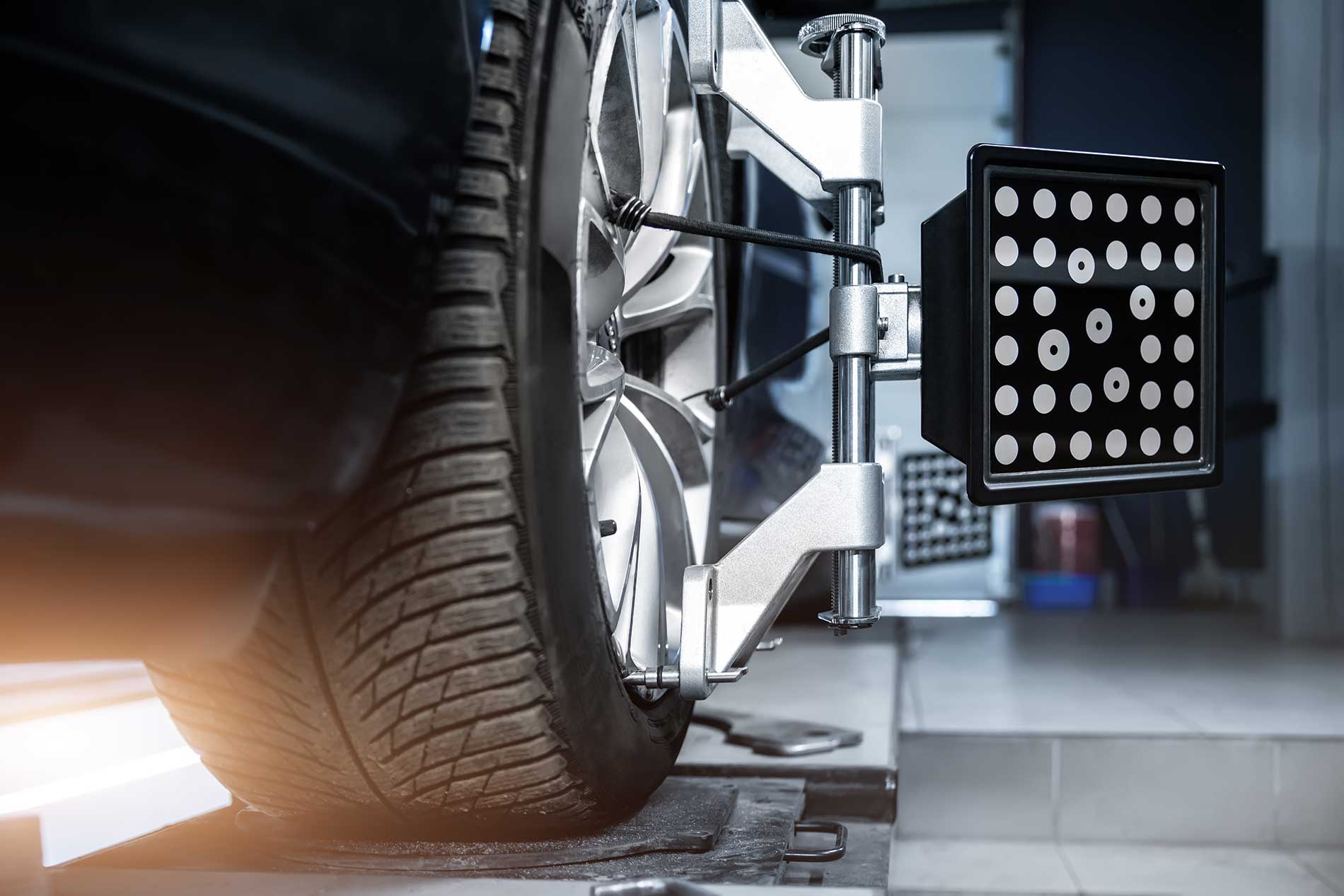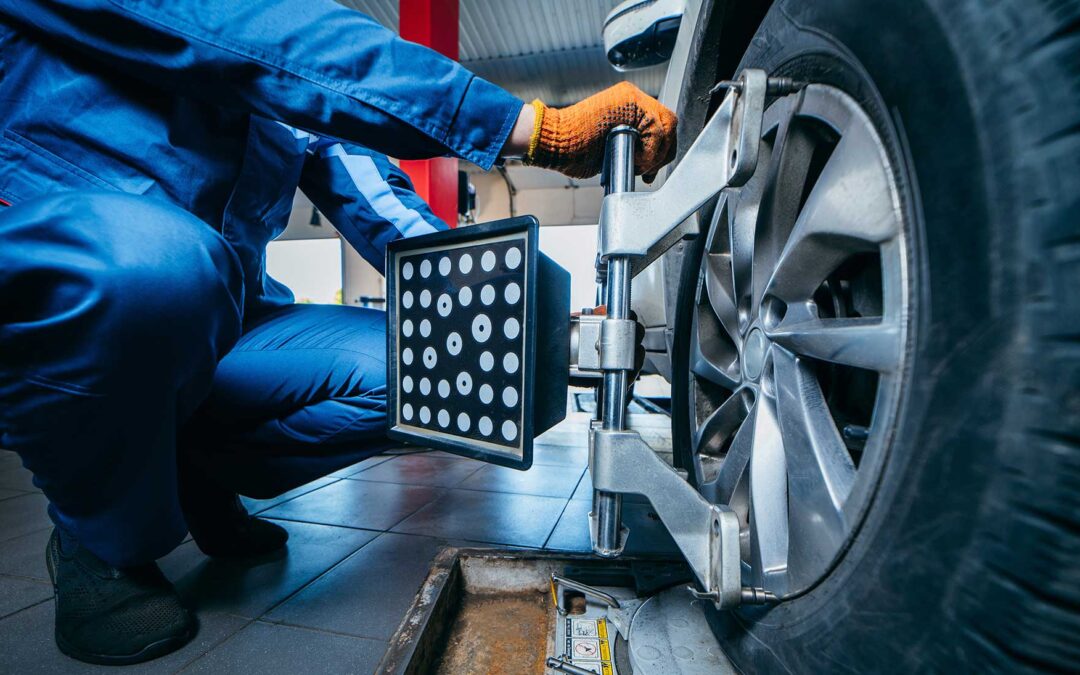Wheel alignments are a critical aspect of vehicle maintenance that often goes overlooked. A wheel alignment refers to the adjustment of a vehicle’s suspension – the system that connects a vehicle to its wheels. This procedure ensures that the wheels are set to the optimum position, as per the car manufacturer’s specifications. When wheels are misaligned, it can lead to uneven tire wear, reduced fuel efficiency, and compromised vehicle handling, all of which can increase the risk of accidents.
Getting regular wheel alignments is crucial for several reasons. Firstly, it enhances the longevity of your tires by ensuring even wear, which ultimately saves money in the long run. Secondly, proper alignment improves fuel efficiency by reducing rolling resistance, meaning your vehicle won’t have to work as hard to move forward. Lastly, a well-aligned vehicle offers better handling and safety, ensuring that your car responds correctly to steering inputs, which is especially important in emergency situations.
How to Check If Your Summer Tires Are Still in Good Condition
Ensuring your summer tires are in optimal condition is crucial for safe driving during the warmer months. Here’s a step-by-step guide to help you assess whether your summer tires are still roadworthy.
1. Inspect the Tread Depth
Tread depth is a critical factor in tire performance. The standard minimum tread depth for summer tires is 2/32 of an inch. You can use a tread depth gauge to measure it accurately, but a penny test can serve as a quick alternative. Insert a penny into the tread groove with Lincoln’s head upside down. If you can see the top of Lincoln’s head, it indicates that the tread depth is too low and the tire needs replacement.
2. Look for Uneven Wear
Uneven wear patterns on your tires can indicate issues such as misalignment or improper inflation. Check for bald spots, feathering, or cupping. If you spot irregular wear, it may be time to consult a professional to address any underlying issues and possibly replace the tires.
3. Examine the Sidewalls
The sidewalls of your tires should be free from cuts, cracks, and bulges. These defects can weaken the tire structure and increase the risk of a blowout. Perform a visual inspection along the entire circumference of each tire to ensure there are no visible damages.
4. Check for Age
Tires naturally deteriorate over time, even if they haven’t been used extensively. Look for the DOT code on the tire’s sidewall, which includes the manufacture date. Tires older than six years should be inspected more rigorously and considered for replacement regardless of their appearance.

5. Feel for Vibrations
When driving, unusual vibrations or noises may signify tire problems such as imbalance, internal damage, or worn-out treads. If you experience persistent vibrations, have a professional examine your tires and alignment to diagnose the issue.
6. Monitor Tire Pressure
Maintaining the correct tire pressure is essential for tire longevity and vehicle safety. Use a reliable tire pressure gauge to check the pressure and inflate your tires according to the manufacturer’s recommendations, usually found in your vehicle’s manual or on the driver’s side door jamb.
By routinely checking these key aspects, you can ensure your summer tires remain in good condition, providing optimal performance and safety on the road. If any doubts arise during your inspection, it is always wise to consult with a professional to avoid potential hazards.
For reliable and professional wheel alignment services, call Advance Auto Service in Kamloops, BC. We are a Uni-Pro Full-Service Auto Care Centre specializing in car and truck repairs. Whether you’re dealing with persistent steering issues or just giving your vehicle routine maintenance, our skilled technicians are here to help ensure that your car operates safely and efficiently.
Call Advance Auto Service for car and truck repairs in Kamloops BC. We are a Uni-Pro Full-Service Auto Care Centre.
Further Reading: Subaru Repair Specialists in Kamloops
From the team at Advance Auto Service in Kamloops




